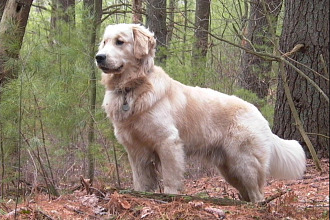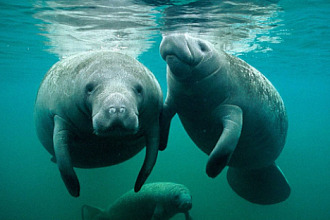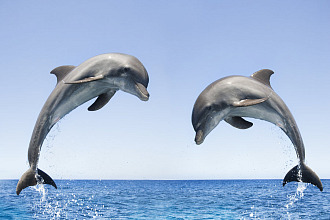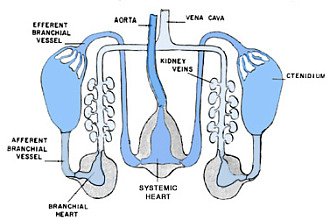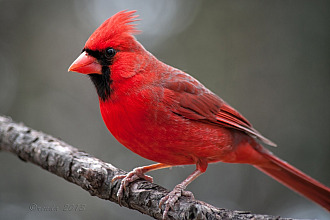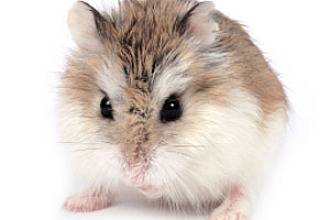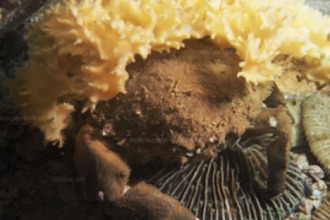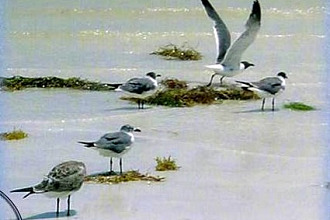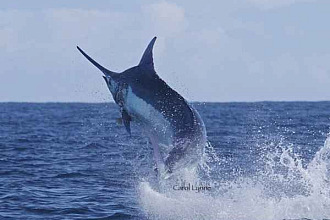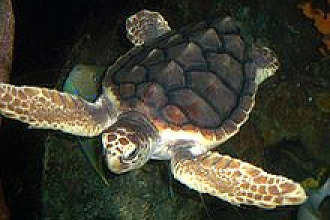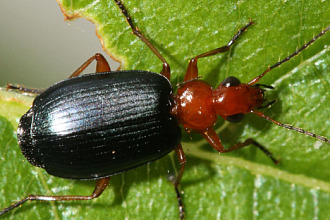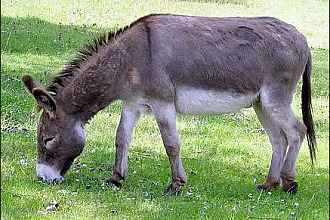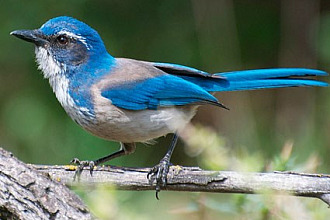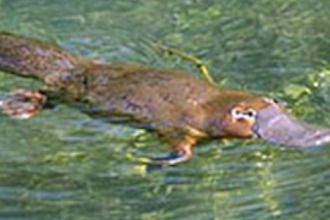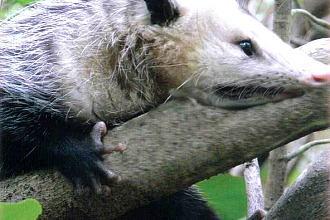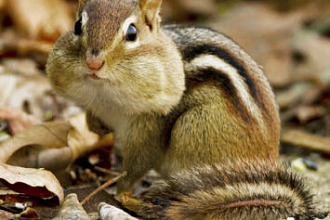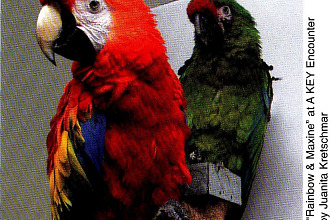I had a biology lesson resulting from my walk today in the latter part of February.
Tracks in the snow all winter were unmistakable evidence that rabbits run freely on our farm. But we never see them—until today! As I took my daily midafternoon walk a white rabbit scampered freely only a few feet from me! He moved too quickly to be able to take his picture with camera, but the mental image remains clear—and treasured. His completely white coat glistened in the sun and was a delight to behold.
It was so impressive to see this beautiful white creature, that when I returned to the house, I determined to learn more about what I saw. I have had little exposure to rabbits up close. When I was a child in a small country public school our teacher had each student give some information daily as part of our current events. After all these many years I remember that one day Teddy informed us that his family had eaten rabbit for supper the evening before. At that young age it had never occurred to me that people would eat rabbits! Since then, I have attended animal shows that featured many kinds of rabbits and hares, and marvelled at the varieties of colours and sizes. One family I visited in Maple Creek had a pet rabbit that hopped around the house as a family pet. When we were in the CocoLoco store in Medicine Hat one day, the owner extracted from her pocket an orphaned baby rabbit that she was coddling. And my friends in Alaska keep rabbits for the tourists to cuddle as one of the attractions in their town.
I was surprised how little I knew about these herbivores:
• The white animal I saw today was not a rabbit; it was a hare. They are also called “varying hares” because of their change in colour according to the season. What I saw may have been called a white tail jack rabbit which turns white in winter—which mixes up the terminology completely! Perhaps someone reading this could clarify the species living in southern Saskatchewan.
• Rabbits are social, living in burrows and colonies; their babies are called kittens, born blind and without hair, and they do not turn white in winter. Hares live an unsocial life mostly loners; babies are born with hair and vision and are called leverets. They also have stronger hind limbs, and longer ears than a rabbit.
• The Bible mentions the hare twice, in Deuteronomy 14:7 and Leviticus 11:6. God gave clear directions regarding clean and unclean animals in order for the Israelites to maintain optimum health when they consumed meat. Animals which chewed the cud and had a split hoof were classed as clean. The hare was called unclean because it chewed the cud, but did not have a cloven or divided hoof. Scientists say that hares and rabbits do not actually chew the cud. They only appear to be chewing. Their practice of recycling their own feces, called refection or coprophagy, places them in the unclean category because “the level of toxins in their tissues is far higher than in other herbivores. Bile salts, fatty acids, gases, and ammonia levels are all at unacceptable levels for human consumption.” (Quote from zoologist, Walter Veith.)
Today’s walk was edifying as well as enjoyable because I saw an animal seldom seen here, revealing its gleaming white body, helping me to better appreciate one of God’s creatures.
Picture originally found here




